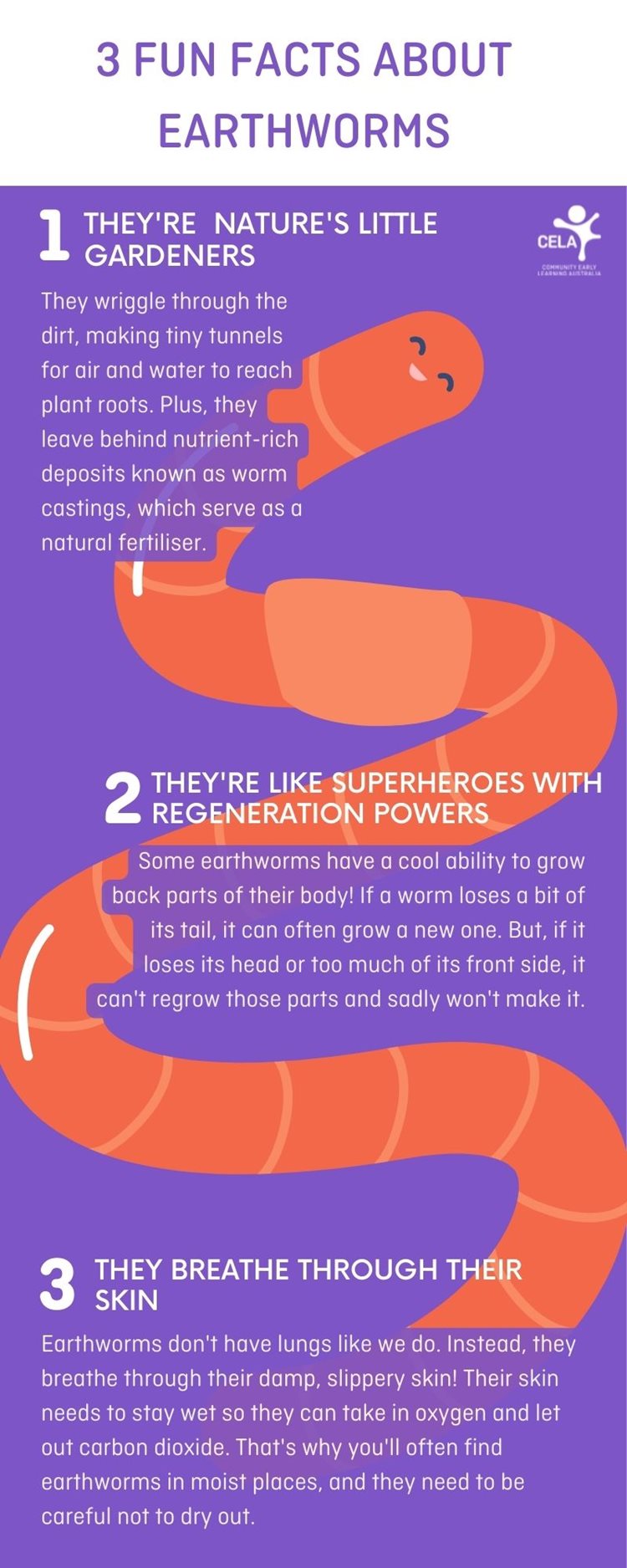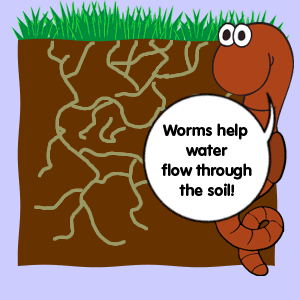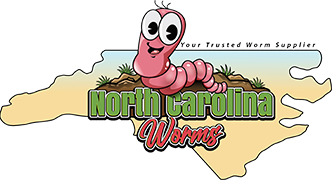North Carolina Worms for Beginners
The Definitive Guide for North Carolina Worms
Table of ContentsThings about North Carolina WormsThe North Carolina Worms StatementsThe Buzz on North Carolina WormsThe smart Trick of North Carolina Worms That Nobody is Talking About
Instance: 1-gallon of worm castings to 4 gallons of potting mix. 1/2 mug in the base of the planting opening for smaller sized plants. 1 cup for bigger plants.
The enhancement of tea can likewise add increased microbial biomass to your dirt. You can constantly side-dress your plants with worm castings at any time. Simply bear in mind, the bacteria will die if subjected to UV rays (Sun), so make certain to cover the spreadings with an inch or two of dirt.
This frustrated them for years until the screening methods came to be better. It would certainly get far better(with even more spreadings), level off, and after that decline. As well numerous worm spreadings would increase the growth to a pace that the plant could not recover from.
North Carolina Worms Can Be Fun For Anyone
Lots of herbicides deal with this very same principle. 20% by quantity appears to be the "Sweet Area". I have stated the virtues of worm castings for regarding 2000 words. What regarding the opposite side of the coin? Nothing is best. Worm spreadings are no various. It requires time to develop quality worm spreadings.
Worm castings certainly set you back more than chemical plant foods. Worm spreadings are on the more affordable end of organic plant foods. (50 gallons per year) It is a much more challenging and extremely expensive financial investment to generate big amounts of worm spreadings.

In fact, developing a healthy dirt may be the best benefit of worm spreadings. Healthy soil was discussed and how essential this has actually ended up being to everyone. The leading ten advantages of worm spreadings were also presented. We reviewed worm castings NPK and also the correct nutrient analysis that ought to relate to worm spreadings.
The Single Strategy To Use For North Carolina Worms
We talked about some of the negative aspects associated with worm castings. I covered a great deal of material in this short article.
The upright burrows are typically open, although the worms cap the top with residue and excrement. Roots require oxygen for their development, whereas they generate carbon dioxide that requires to leave the dirt.
Earthworms raise porosity by two systems: (1) by producing permanent burrows, and (2) by improving soil aggregation. Aggregation is boosted by the blending of soil and organic matter in the earthworms' guts. Where to buy worms in NC. These very secure aggregates are deposited by some earthworms in their burrows, and by others at the surface area of the dirt


In an additional study, earthworms were estimated to take in 4 to 10 percent of the top 6 inches of the dirt each year. Soil compaction decreases the porosity of the dirt.
How North Carolina Worms can Save You Time, Stress, and Money.
Common earthworm populations can easily consume 2 loads of dry matter per acre per year, partially absorbing and blending it with soil. The importance of earthworms to mix surface residue with soil becomes very clear in soils that do not have any earthworms. The majority of our Pennsylvania soils contend the very least some earthworms, and the result of their total absence, for that reason, can not be noted.
(https://relevantdirectory.biz/details.php?id=239350)In these soils, the development of topsoil with practical raw material material did not occur, causing inadequate plant development. As soon as the reason was developed, the federal government of the Netherlands began a project to present earthworms. After the intro of the earthworms, a dark topsoil layer was created, and plant development boosted considerably.
They live primarily from partly decomposed natural issue that is currently included in the dirt. These varieties consume huge amounts of soil that they mix with digested plant deposit in their intestines.
Their burrows continue to be open, although they top the top with crop residue that they pull to the entry. These varieties consume significant quantities of dirt that they blend with absorbed residue in their guts. Their waste matter is largely transferred at the surface area of the soil. The nightcrawler Lumbricus terrestris is the most popular participant of this group.